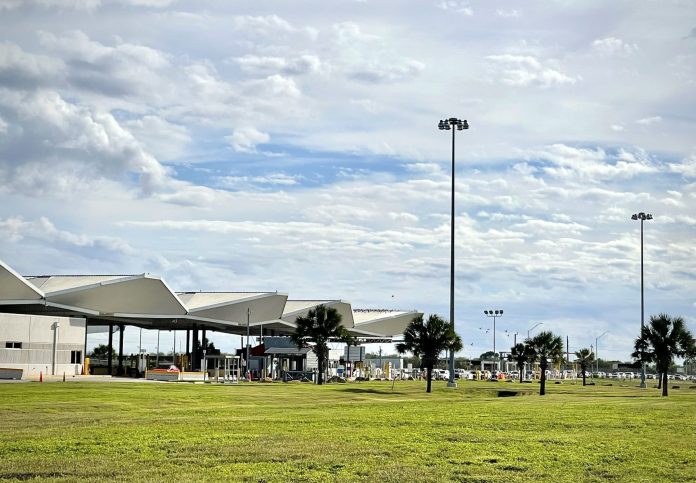
|
Only have a minute? Listen instead
Getting your Trinity Audio player ready...
|
DONNA — There’s a lot of money on the line here, where officials are hoping residents will lend their support to a $45 million bond election next month.
If successful, that money will go toward funding the further expansion of the Donna-Rio Bravo International Bridge via the construction of two northbound lanes for commercial traffic.
To that end, city leaders have begun to host a series of workshops to explain to the public how the bond finance system is expected to work.
The city held the first such workshop last Wednesday, where the thrust of the session included a presentation by Donna’s bond adviser, Andre Ayala, of Hilltop Securities.
Ayala began by explaining to the small number of residents who had gathered at the Donna Recreation Center the difference between the bond being proposed for approval during a special election next month, and some $60 million in bridge funding that city leaders canceled in December.
“Last year, we had almost $60 million worth of bonds, these were bridge revenue bonds, meaning project finance bonds secured only by revenues generated by the bridge. The city was not behind the project there,” Ayala said.
Ayala was speaking of a plan — yearslong in the making — to fund the commercial expansion of the bridge by issuing nearly $62 million in debt via revenue bonds.
That plan, which had been the brainchild of the previous city council majority, would have involved repaying the debt solely via bridge toll revenues.
But the current city council, which took over after a December runoff election, and led by new Mayor David Moreno, weren’t happy with that plan.
“The numbers showed that we were going to pay about $130 million in debt service payments over 30 years,” over the life of the loan, Ayala explained.
Further, because the debt would have been guaranteed by toll revenues alone, investors who purchased the debt would have had to assume more risk.
As such, the city would have had to assuage those investors’ concerns by holding years’ worth of toll revenues in trust.
“All the surplus money for a number of years was gonna be trapped in a trust as a savings account to make the bond holders, the bond investors, comfortable. We were gonna have enough money to pay them back,” Ayala said.
“The projections of the model showed us that around 2038 or so is when we were going to start seeing surplus money coming into the city,” he further said.
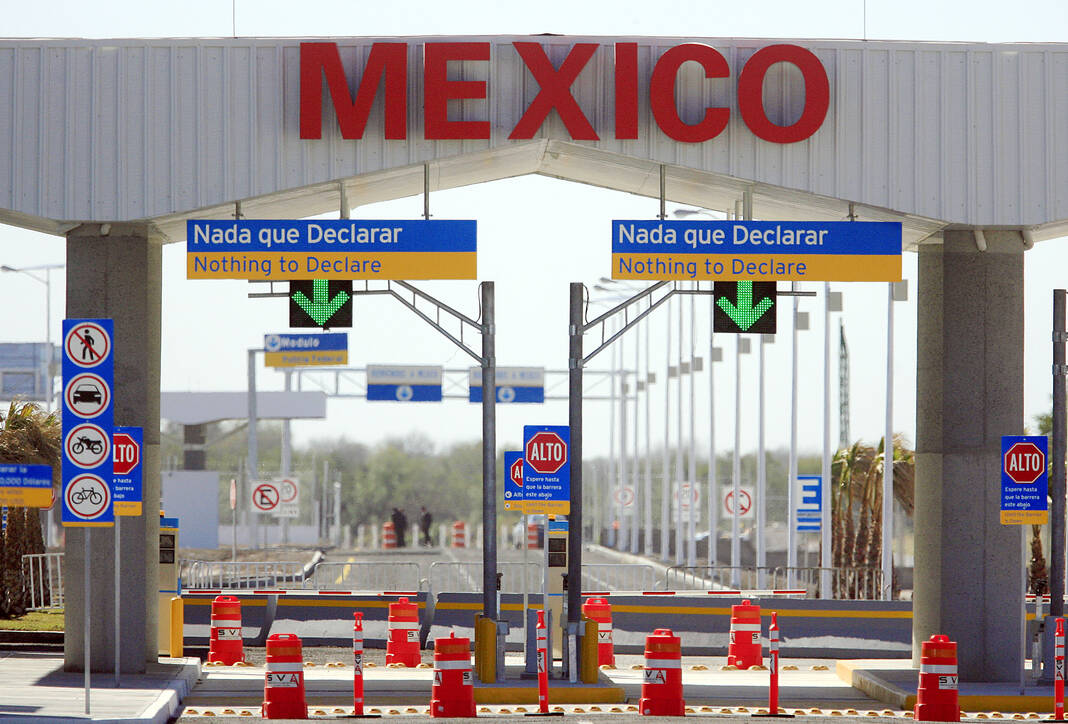
Under the new proposal, city leaders are asking Donna residents to approve issuing a different kind of debt, one called a general obligation bond.
The city still expects to use bridge toll revenues to repay the debt over the same 30-year timeframe as the previous proposal.
This new plan, however, comes with a much lower interest rate and would mean millions less in debt for the city.
“This one, subject to voter approval, we’re gonna have about $60 million less in debt,” Ayala said.
However, a general obligation bond would give Donna the authority to levy an ad valorem tax should the toll revenues be insufficient to meet the debt obligation.
That’s because a general obligation bond requires the city to leverage its taxing authority in order to secure a better interest rate.
“We have a better credit score because of the city’s full faith and credit, meaning a lower interest rate,” Ayala said.
It’s a tradeoff.
But it’s a tradeoff the city leaders were reluctant to speak about during last Wednesday’s workshop.
Instead, they focused on the findings of an “investment-grade revenue study” that shows how much traffic the Donna bridge will need in order to break even.
“We need 102 trucks per day, 3,060 per month, 37,230 per year,” Ayala said.
In comparison, that’s just a fraction of the traffic that crosses in Pharr and Brownsville, he said.
For instance, some 61,000 commercial trucks cross per month at the Pharr port of entry, while 23,000 per month cross in Brownsville.
“So, as you can see, if we were to get 5% of Pharr’s traffic, we’re breaking even,” Ayala said.

However, a newly implemented rate fee may mean fewer trucks have to cross, Donna City Manager Carlos Yerena explained.
“When you look at the new rate, which is $26 for five-axle trucks, you’re looking at about 85, 86 trucks per day to break even,” Yerena said.
Donna officials approved the new toll rate last month. In late 2023 when the revenue study was conducted, analysts had used the previous rate of $21.75 to calculate the bridge’s breakeven point of 100 trucks per day.
The future of the Donna bridge looks bright. In recent weeks, city officials welcomed the southbound crossings of the first “empty” trucks — those that had already delivered their cargo stateside and were returning to Mexico for more loads.
But it took years after the completion of the southbound lanes for Donna to get to that point.
Construction on the southbound lanes started in the fall of 2019 and was completed sometime in 2022, Yerena explained.
In previous public meetings during those intervening years, city officials admitted that the bridge was not profitable.
City leaders balked when pressed about what Donna would do if such issues crop up once the northbound expansion is completed.
When asked what kind of burden would be placed on Donna residents if the city was forced to levy a property tax to repay the bond, officials couldn’t answer.
“I think the answer to that question is no… tax increase is expected,” Yerena said, citing the revenue study.
Ayala initially said residents would face “zero” tax burdens, before amending his reply.
“I don’t have that information either … but, what I can tell you is this: The investment-grade study shows over three times the revenue than the debt service, just to give you a feel for that,” Ayala said.
“Your scenario is a catastrophe scenario, you’d have bigger problems than paying this bond in that scenario. That’s a doomsday scenario,” he added.
However, Donna isn’t the only city with a municipally owned international bridge that is currently undergoing expansion.
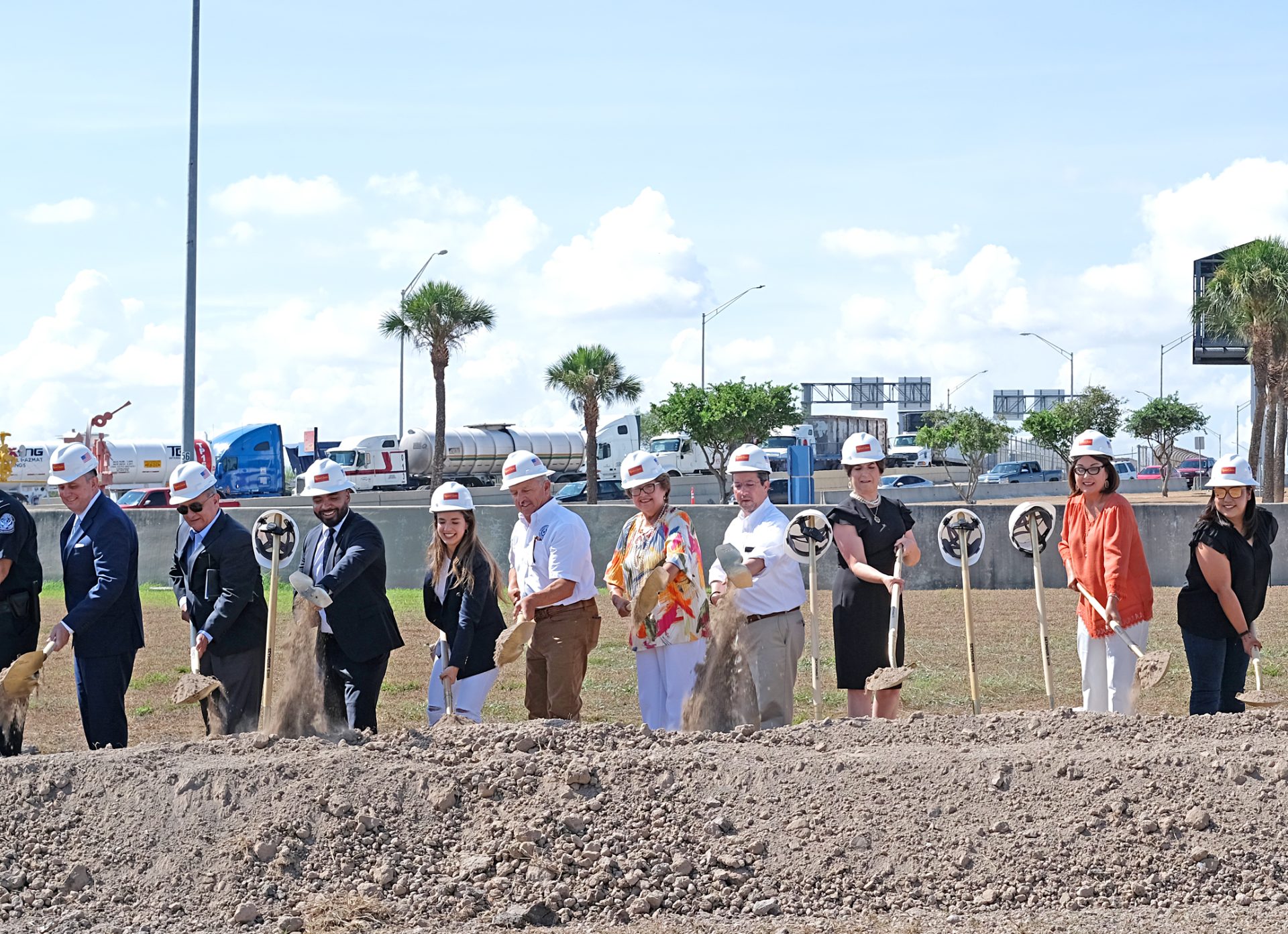
On the same day that Donna officials were explaining the bond election to residents, U.S. Sen. John Cornyn was in Brownsville to celebrate the expansion of the Veterans International Bridge.
And one day prior, officials in Mission broke ground on a new industrial park meant to accommodate commercial traffic coming off the Anzalduas International Bridge, which is co-owned by the cities of Mission and McAllen.
In 2022, the Anzalduas bridge received nearly $50 million in state and federal grants, and another $63 million in loans from the North American Development Bank, or NAD Bank, to fund its commercial expansion.
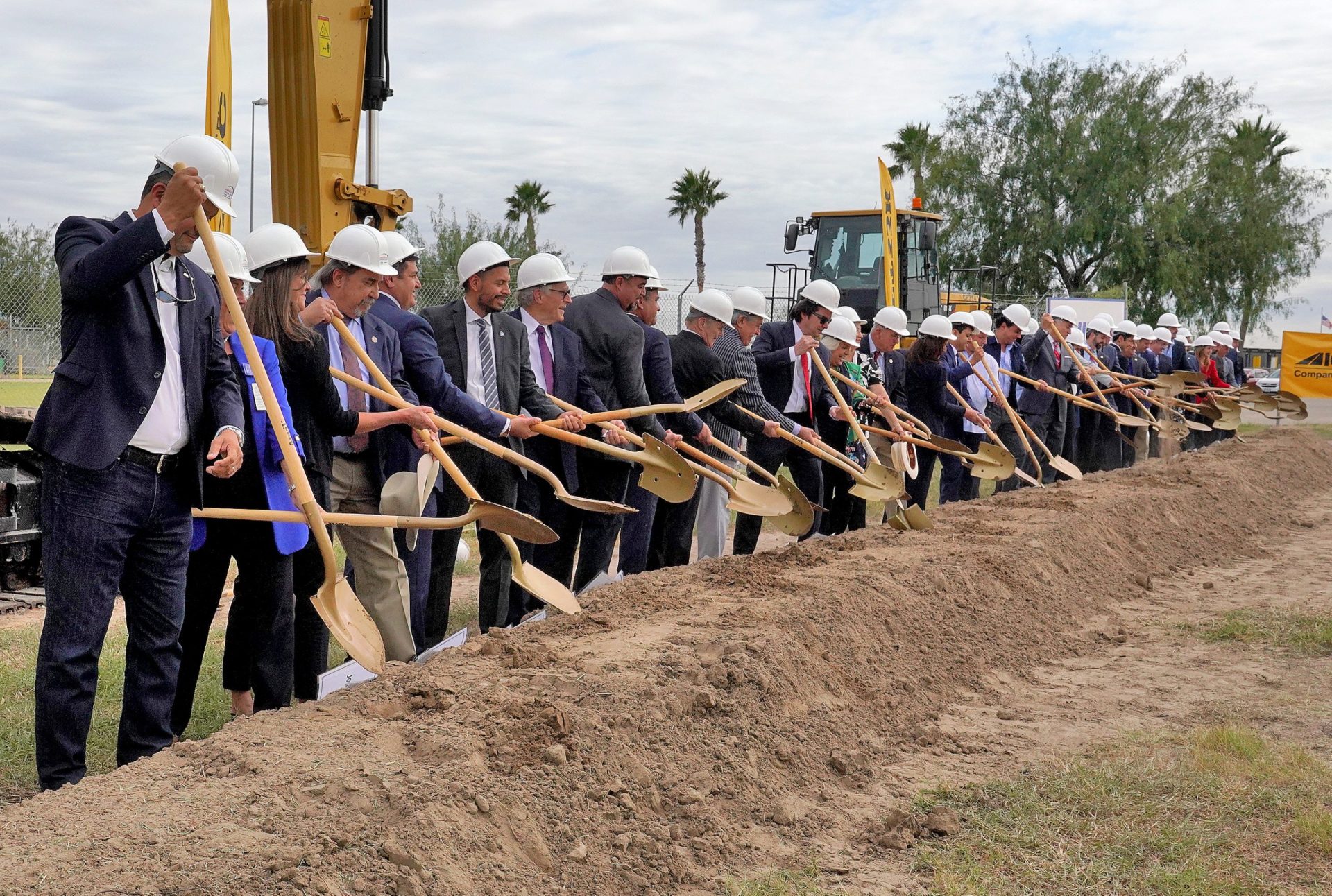
The NAD Bank is a financial institution jointly operated by the United States and Mexico federal governments to fund large-scale infrastructure projects.
But in Donna, the city is trying to fund its bridge expansion almost entirely on its own.
City leaders say U.S. Customs and Border Protection has chipped in just over $11 million to pay for “non-intrusive” inspection technology. And TxDOT will reimburse Donna some $8.9 million for road work.
But Donna has been unable to secure the kind of high-dollar financial support that other bridges in the Rio Grande Valley have long enjoyed.
Donna applied for the same federal INFRA grant that is helping McAllen pay for the Anzalduas expansion, but has been denied twice, the city manager said.
Meanwhile, Ayala bristled when asked about such funding.
“Put this in the newspaper: we worked with the NAD Bank for the longest time, but they didn’t want to work with Donna,” Ayala said, adding that Donna had sought full project funding from the institution.
“The committee didn’t want to work with Donna,” Ayala said.
When asked why, Ayala responded, “Because the credit committee is not sophisticated enough to understand business.”
Nonetheless, Donna must find a way to fund the northbound expansion.
“Unfortunately, sometimes we get funding, sometimes we don’t. But, we’ve gotta move forward with this project because we have half of that already constructed, the southbound (lanes),” Yerena said after the workshop.
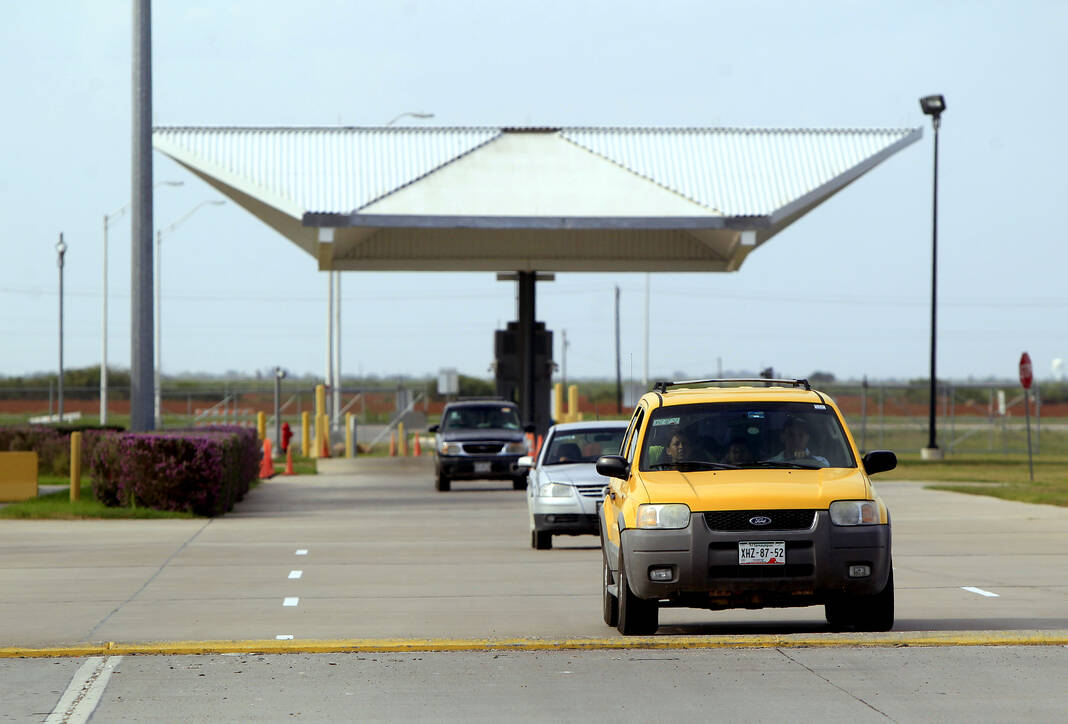
More than that, however, Donna is already on the hook for millions of dollars in debt related to the northbound expansion.
That’s because last spring, the city’s two economic arms, the 4A and 4B economic development corporations, issued nearly $30 million combined in sales tax revenue bonds to help finance the project.
The two bond issuances commit a portion of the city’s sales tax revenues to the bridge debt for the next several decades.
And already, the city has started paying on the interest.
“The payments started in fiscal ’24,” Ayala said.
Yerena said the city won’t be able to realize the full potential of the bridge until the expansion is complete.
“We talked about, what is it gonna cost? Well, it’s more than the debt, because (of) the opportunity costs of not doing it. You have an opportunity to do this project that’s gonna bring in tremendous revenue,” Yerena said.



